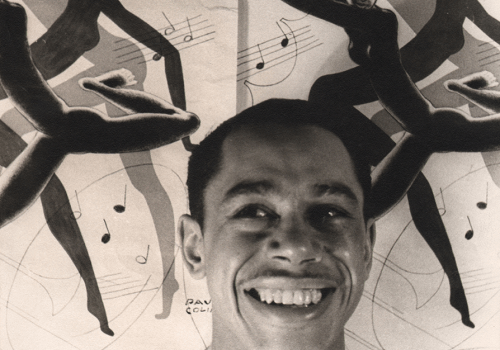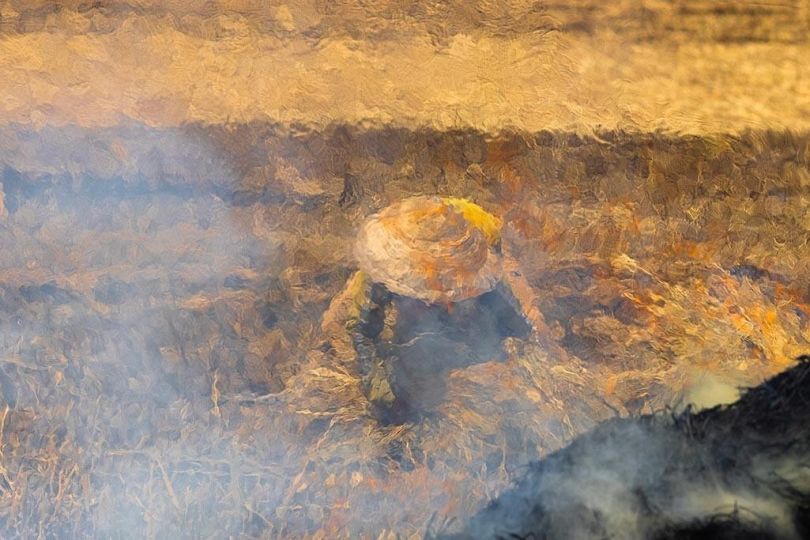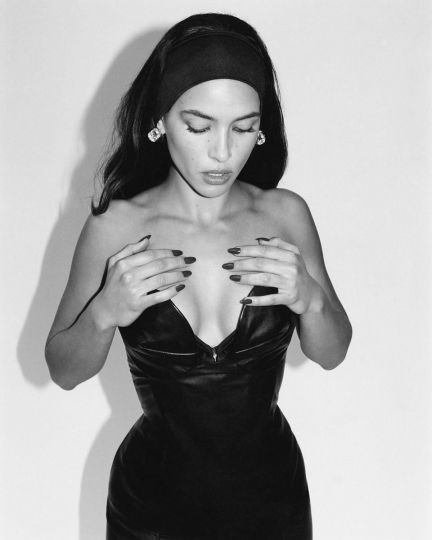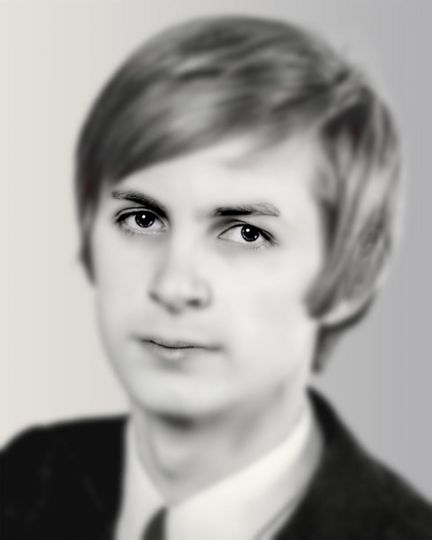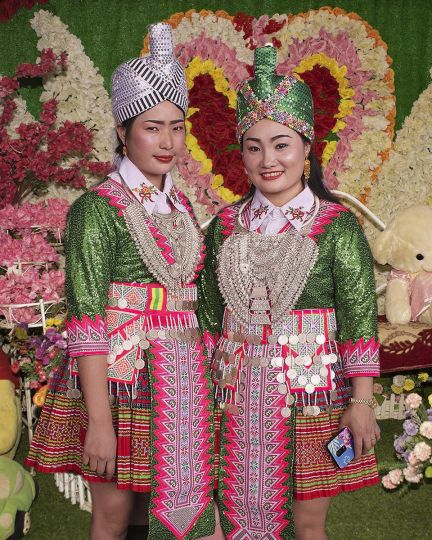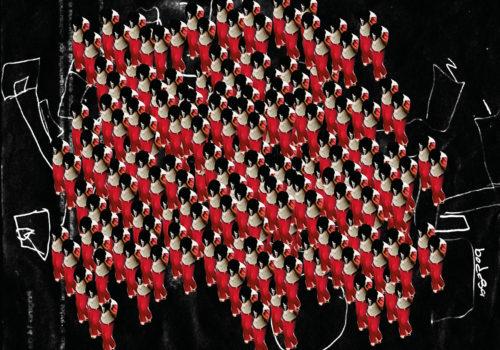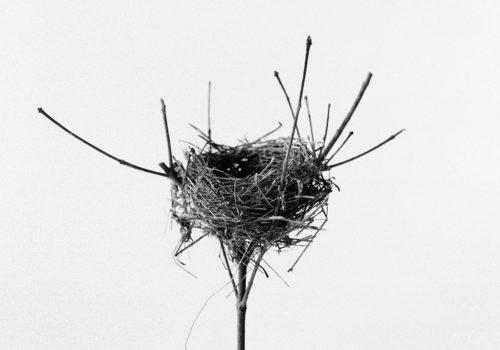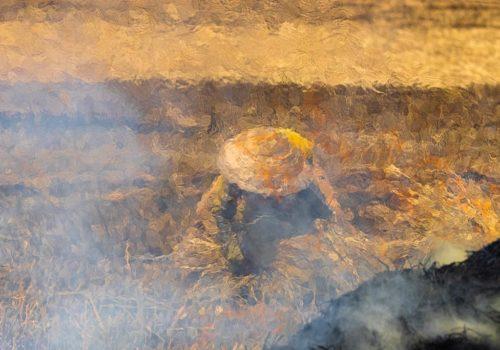Keith de Lellis Gallery celebrates the portraiture of Carl Van Vechten (American, 1880–1964) in its spring current online exhibition. Van Vechten moved to New York City from Chicago in 1906 to pursue a writing career (he would become the first American critic of modern dance while contributing to the New York Times) before dedicating himself to photography.
Van Vechten had a lifelong interest in African American culture and was committed to promoting black artists. In the early 1920s, Van Vechten sought out NAACP leader Walter White, who would introduce him to his colleague James Weldon Johnson. Johnson in turn facilitated introductions between Van Vechten and countless key figures in the rising Harlem Renaissance. Van Vechten became a familiar sight in predominantly black spaces, attending formal NAACP banquets as well as Harlem nightclubs and speakeasies.
The artist wrote a number of articles championing black writers and performers that would be published in popular publications such as Vanity Fair and the New York Herald Tribune. Upon Van Vechten’s influence, Langston Hughes was taken on by Van Vechten’s publisher, Alfred A. Knopf, to publish his first set of poems in 1926. Rudoph P. Byrd wrote, “In an age of rising nativism, Van Vechten was one of a small group of European American intellectuals who recognized the uniqueness, depth, and far-reaching significance of African American culture” (Generations in Black & White, University of Georgia Press, 1993).
While he initially wrote in response to his experiences with New York’s black community, he later turned to photography to elevate both established and emerging artists. He assembled a home studio and darkroom in his West 55th Street apartment and invited sitters of all sorts “to show young people of all races how many distinguished Negroes there are in the world” (Bruce Kellner, Keep A-Inchin Along, Praeger, 1979). His subjects included Pearl Bailey, Amiri Baraka, Ruby Dee, Billie Holiday, Langston Hughes, Leontyne Price, Bessie Smith, Ethel Waters, and many more. Van Vechten’s commitment to documenting remarkable black figures lasted far beyond the period known as the Harlem Renaissance, and in fact continued until his death in 1964.
The personalities of Van Vechten’s subjects are effectively communicated through their pose and expression combined with the photographer’s nuanced composition, backgrounds, and lighting. These dramatic portraits convey in equal measure the subject’s dedication to their craft and Van Vechten’s reverence for the artist. Some lively (joyous Bill “Bojangles” Robinson dancing across the frame), others quiet (a contemplative Bessie Smith with downcast eyes), the photographs capture a range of emotions, aesthetics, and talents.
Van Vechten’s photographs were exhibited at the Museum of the City of New York and the Philadelphia Museum of Art during his lifetime. He established collections at a number of universities and museums, including Yale University, Howard University, the Museum of Modern Art, the New York Public Library, Princeton University, and more.
Carl Van Vechten : Beyond the Harlem Renaissance : African American Portraits
April 9 – June 12, 2020
Keith de Lellis Gallery
41 E 57th Street, Suite 703
New York, NY 10022

